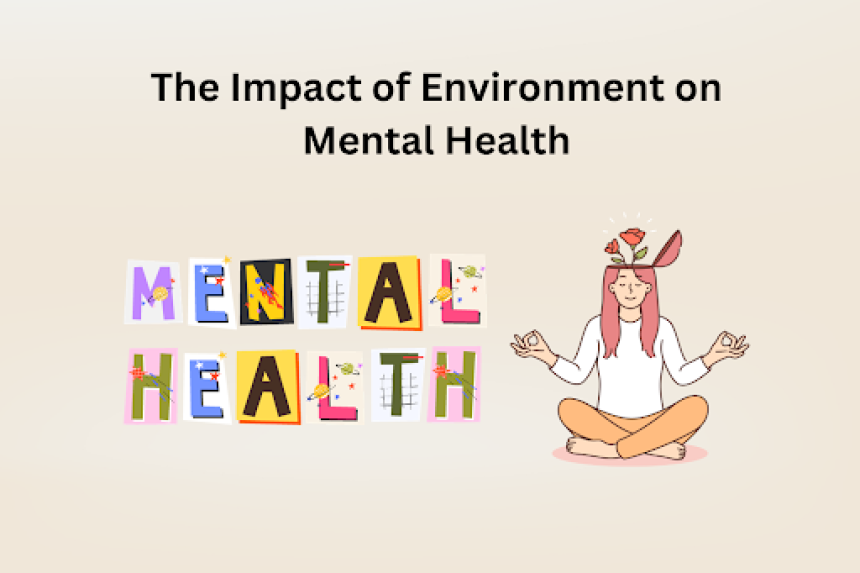Food is a fundamental necessity of every person, yet millions of families in the United States struggle with food insecurity. Factors such as low income, unemployment, and inflation make it difficult for many households to afford nutritious meals. This forces them to go to bed hungry, which affects their health, well-being, and overall quality of life. So, what’s the solution?
The Supplemental Nutrition Assistance Program (SNAP) is designed to help low-income households access groceries and nutritious food. Whether you need short-term help or ongoing support, understanding SNAP can help you see if you qualify and how it benefits you. In this blog, we will cover the key eligibility requirements, benefits, and essential details you need to know about SNAP.
What is SNAP?
SNAP (Supplemental Nutrition Assistance Program), earlier known as the Food Stamp Program, is one of the largest federal assistance programs in the US. It provides financial aid to low-income families to help them purchase groceries and essential food items. The U.S. Department of Agriculture (USDA) oversees SNAP, while state and local agencies handle its administration. The program’s primary goal is to ensure that individuals and families do not stay hungry.
SNAP helps low-income families in America access food and nutrition, serving as a vital support system against hunger for years. In 2024, the average SNAP benefit is $202 per month for individuals and $713 for a family of four, as per CBPP. People can consider any financial help site to apply for SNAP benefits or visit their state’s SNAP office for assistance.
Who is Eligible for SNAP?
As a federal assistance program, SNAP has specific eligibility criteria. Meeting these requirements is important if you are seeking benefits. Have a look at the eligibility for SNAP:
Citizenship & Residency
- The most basic eligibility for SNAP is the person must be a US citizen or a lawfully present immigrant (some non-citizens must meet additional requirements).
- He/She must apply in the state where they reside.
Income Limits
SNAP eligibility is primarily based on gross and net income limits, which must be at or below a certain level. The income limits are as follows:
- Gross Income: Gross income means the total income before any deductions. The gross income must be at or below 130% of the federal poverty level (FPL).
- Net Income: Net income means the income after deductions. It must be at or below 100% of the FPL after deductions (such as housing costs, childcare, and medical expenses).
- Elderly/Disabled Households: Only net income is considered in many cases.
Household Composition
A household includes people who live together and buy and prepare food together. It can include:
- Individuals living alone.
- Families (including spouse and children under the age of 22).
- Elders who are 60 or above and cannot purchase and prepare their meals separately.
- Unrelated people living together who share food expenses.
Work Requirements
- Fit and healthy adults aged 18-52 in most states must work or participate in a work program for at least 80 hours per month to receive benefits for more than 3 months in a 3-year period.
- Exemptions apply for students, pregnant women, people with disabilities, people who are unfit for work and caregivers.
- No person should voluntarily quit a job or reduce hours.
Resource Limits
Resources must be below a certain limit. They should be $2,750 or less for most households and up to $4,250 if a member is elderly or disabled. Resources include bank accounts and cash only.
College Students
College students are generally assumed to have parental support, so they don’t automatically qualify for SNAP. However, they can become eligible if they meet special work or exemption requirements.
Immigrant Eligibility
Documented immigrants with a green card may qualify for SNAP if they have lived in the US for at least five years, received disability-related assistance, or are under 18. Some non-citizens, such as those granted humanitarian protection or lawful permanent residency, may be eligible for SNAP. However, individuals in the US on temporary visas, like international students, do not qualify.
Benefits of SNAP Program for Low-income Families
SNAP helps low-income families access nutritious food and improve well-being. Here are some key benefits of the SNAP program for low-income families:
Access to Nutritious Food
SNAP helps families afford healthy meals, ensuring that children, seniors, and individuals with disabilities get essential nutrients. This helps reduce hunger and food insecurity, ensuring families don’t have to worry about their next meal.
Improves Nutrition and Health
Families can purchase a range of food items, including fruits and vegetables; meat, poultry, and fish; dairy products; breads and cereals; snacks and beverages; and seeds and plants. These food items encourage a balanced diet, leading to better overall health and lower risks of diet-related diseases.
Financial Relief
By covering grocery and food costs, SNAP allows families to free up money for other necessities of life. Low-income families can afford expenses like rent, utilities, education, clothing, and healthcare, which are equally important for a quality life.
Support for Children & Education
Proper nutrition is extremely important for children’s growth, development, and academic performance. Therefore, by providing proper food and nutrition, SNAP helps children in academic performance and cognitive development and offers long-term health benefits.
Health Benefits
Food is a basic necessity, and a lack of quality food contributes to various diseases and deficiencies. By providing regular access to nutritious food, SNAP reduces the risk of malnutrition, chronic illnesses, and stress-related health issues in low-income households.
Emergency Assistance
When families face sudden hardships like job loss or medical emergencies, covering essential expenses also becomes difficult. In such a situation, SNAP provides quick relief to such families by providing access to quality food, so no one goes hungry.
Quick and Convenient Access
An EBT card delivers SNAP benefits, allowing users to shop like a debit card at approved stores and from authorized retailers. Once the individual showcase eligibility and wins approval, the EBT card allows the person to purchase approved food items easily and effortlessly.
Boosts Local Economy
SNAP benefits don’t just help families—they also support local businesses. Families mainly use their EBT cards at local grocery stores, farmers’ markets, and retailers. This supports businesses and creates jobs in agriculture, transportation, and retail, contributing to economic growth.
Conclusion
SNAP, or Supplemental Nutrition Assistance Program, is a financial assistance program to help low-income families afford groceries and nutritious meals. To be eligible, you must be a US citizen or a lawfully present immigrant. Your gross income must be at or below 130% of the federal poverty level (FPL), and you must meet net income and resource limits. Household composition and work requirements also play a role, with exemptions for seniors, caregivers, and people with disabilities. The benefits it provides range from access to nutritious food and financial relief to emergency assistance and health benefits.





